Strike force: the making of Will Yates-Johnson and NasonMoretti’s matches vessels
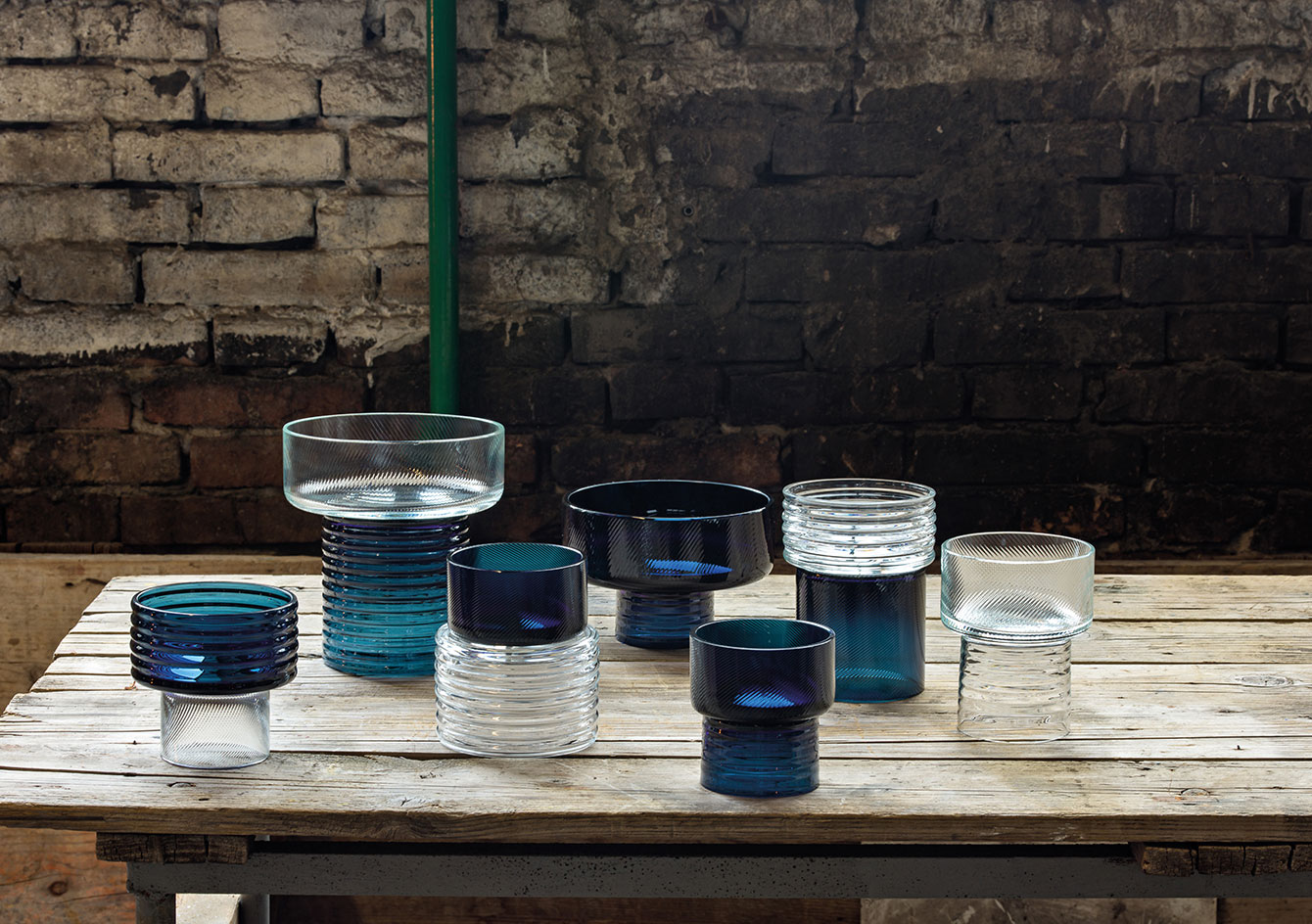
The Calle Dietro Gli Orti, which takes you to the gates of NasonMoretti’s glass factory, is a crazy-paving footpath that passes quaint homes and doubles as the entrance to a Nason family-owned B&B located in a 16th century palace. The factory is on the island of Murano, just north of Venice, and there are no roads. But that’s OK as the glass factory has its own landing dock on Canale Serenella.
‘Everything is on a grand scale and is incredibly beautiful, it’s right on the water’s edge,’ says London-based designer Will Yates-Johnson. He travelled to Murano earlier this year to oversee the production of a series of glass vessels that would hold our specially commissioned Hotel Wallpaper* matches.
The Nason family has been making glass on Murano since the 1920s. Now in its third generation, it is still operated by four cousins, descendants of Umberto Nason, who brought the company awards and international renown in the 1950s and whose modernist designs are in the collection of MoMA.
Travelling to the factory was crucial for Yates-Johnson to be able to understand the factory’s hand-blowing techniques and explore its archive of moulds and colours. ‘One of our specialisms is the technique of rigadin ritorto,’ says Marco Nason. ‘Delicate lines are created in the glass by using two moulds: the first mould makes the lines, while in the second, the master-blower will twist the glass to angle the lines. We have perfected the technique over the past 50 years.’
What interested RCA graduate Will Yates-Johnson, who created the striking, sculptural lettering for the cover of our 2016 Graduate Directory issue, was the combination of a handmade technique and the regularity of mould-blown glass. ‘The glass that these techniques produce appears to be quite mechanical and quite automated. They seem less handmade than a lot of other techniques that Murano glassmakers specialise in. You often see Murano glassware that emphasises its “handmadeness”, things will be a bit wobbly and unique. What I loved about these techniques is that they almost fool you into thinking, “Is this machine or human made?” and I like that ambiguity.’
The final form was created by fusing two separately blown pieces – the delicately lined rigadin ritorto pieces and the glass made using a corrugated mould that Yates-Johnson found in the factory’s archive. ‘They really keep stuff. This mould was created in 1968 and had been gathering dust for decades. It had fallen out of use because customers thought it looked too industrially produced. Much of my work is about finding new angles on existing things so it was perfect.’ The mould also helped create rounded forms that echoed the cylindrical shape of the matchboxes created for Hotel Wallpaper*.
The colour of the vessels, taken from the archive and called ‘Aviation Blue’, was chosen because it was a close match to our brand hue – the ‘Wallpaper* Blue’ developed by our creative director Sarah Douglas and British paper company James Cropper. The colour was used in the compositions intermittently, alongside clear glass, to complement the matchboxes.
Coloured glass, a Murano speciality, is created by dry mixing minerals, oxides and chemicals in specific quantities. Blues require some copper and cobalt compounds, but the exact finish depends heavily on years of experience in understanding how the additives interact. ‘So much of what they do in the factory is a function of generations of expertise,’ says Yates-Johnson. ‘Their artistry is about knowing the materials; knowing its properties; knowing what you can and cannot do with it. The master glass blowers have been doing it since their apprenticeships, and now most of them are in their fifties and sixties. It really isn’t something you can teach yourself.
As originally featured in the August 2016 issue of Wallpaper* (W*209)

See more from Handmade here and check in to Hotel Wallpaper*…
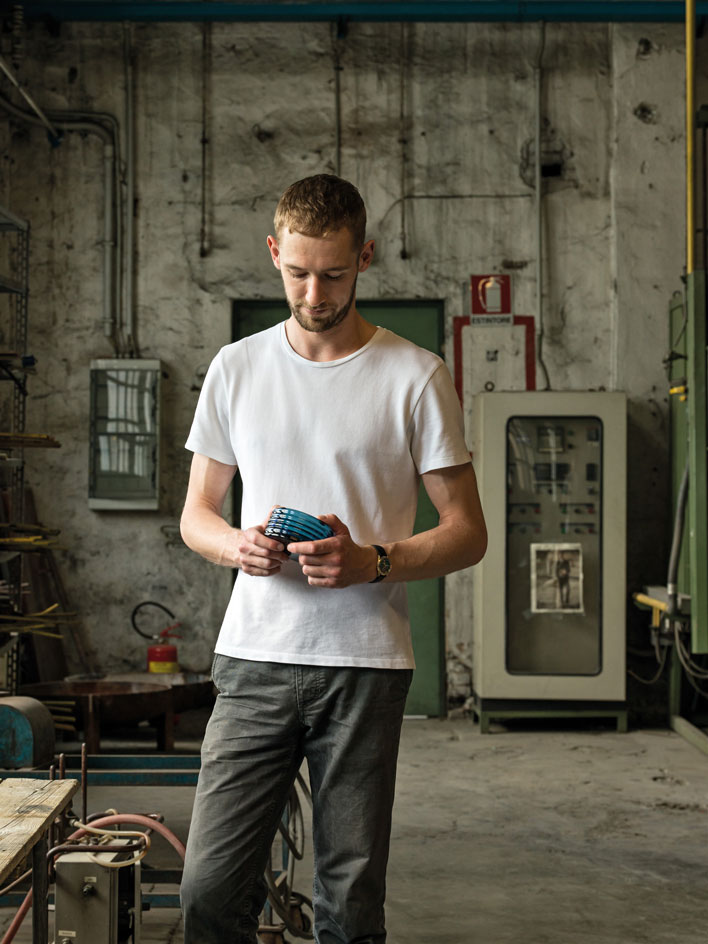
Yates-Johnson embraced NasonMoretti's expertise in a process called rigadin ritorto, where molten glass is poured into a ribbed bronze mould, to create the fine lines in the vessels
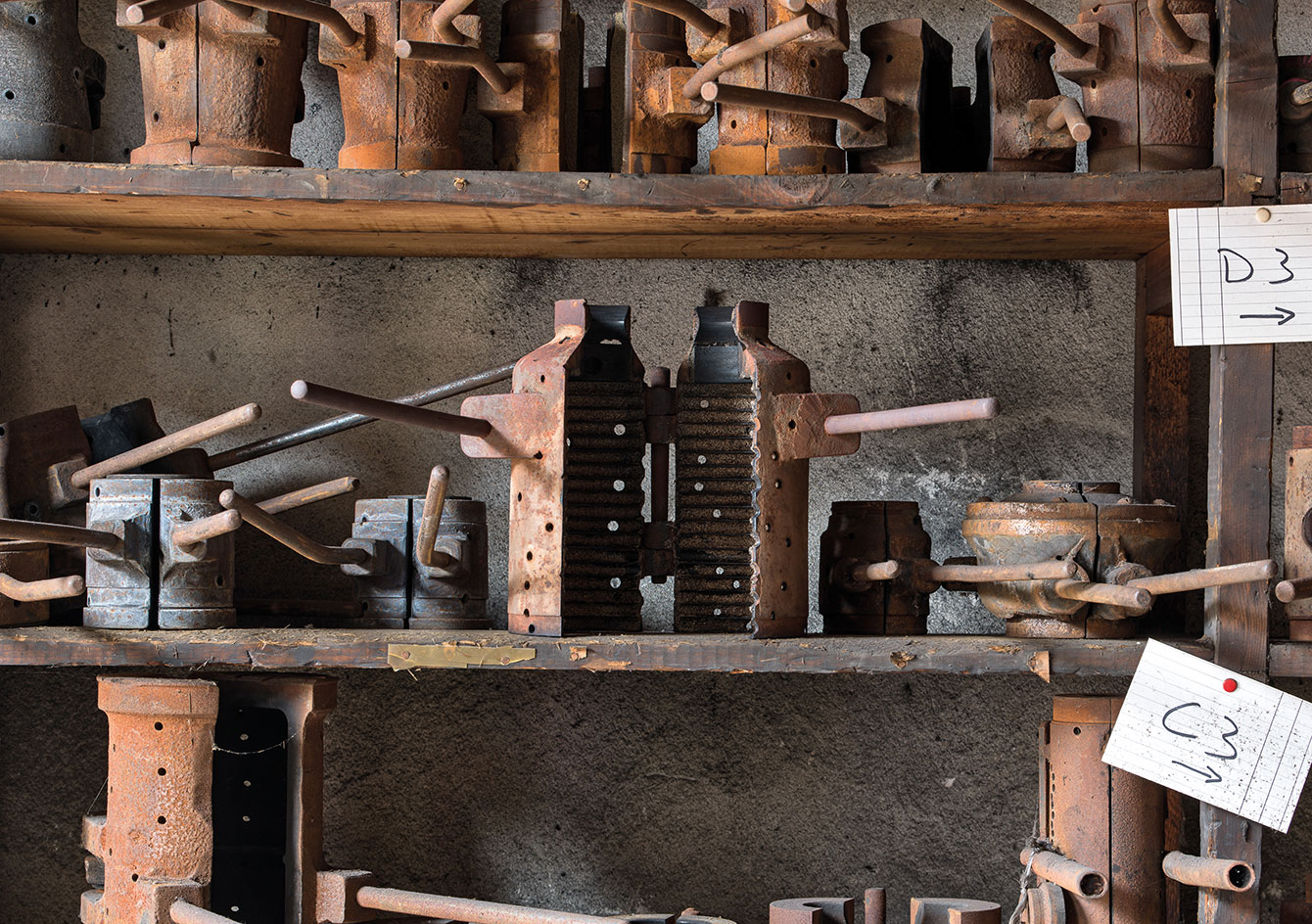
The ribbed bronze moulds used in the rigadin ritorto process
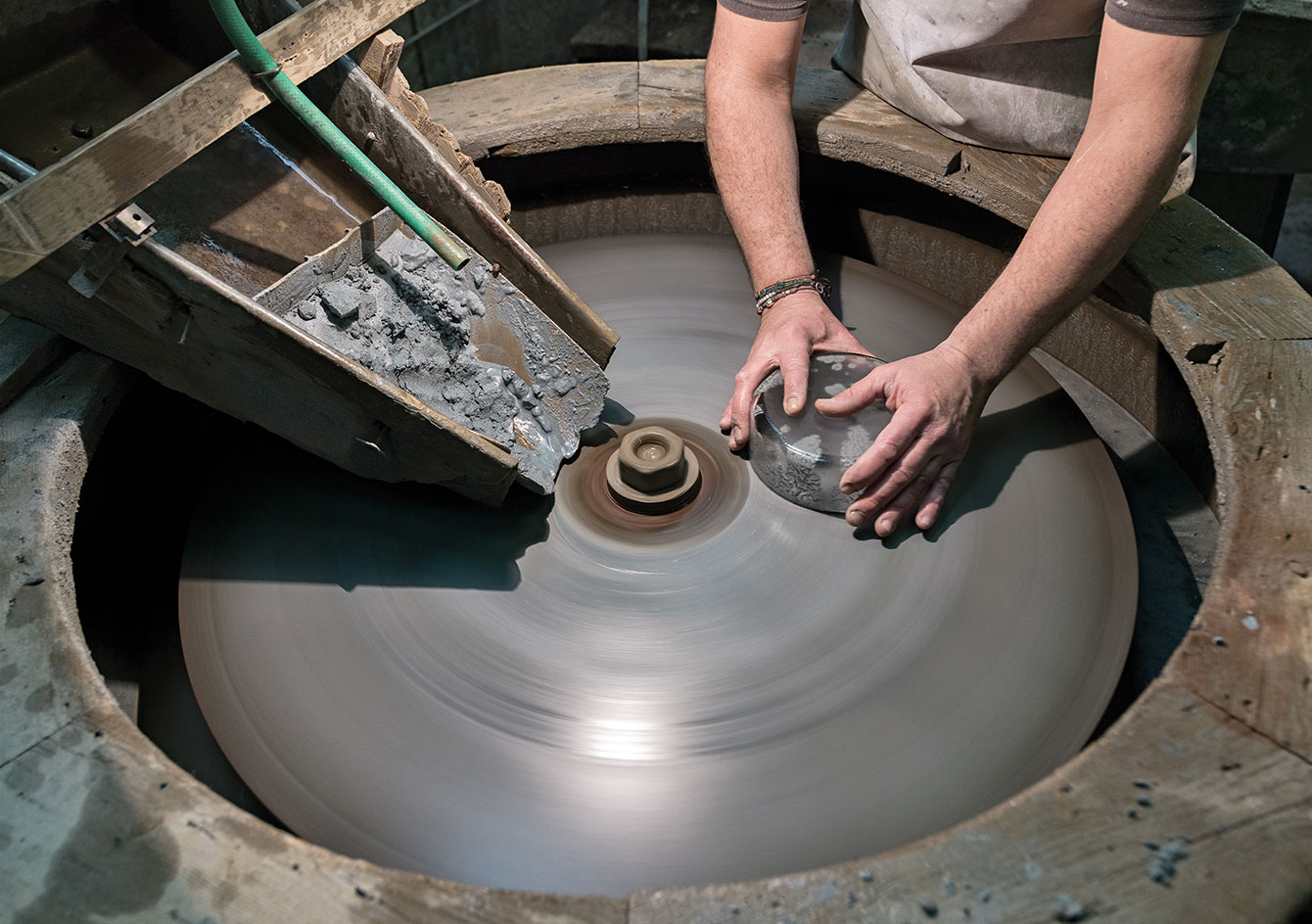
The final form of the vessels is created by fusing two separately blown pieces together
INFORMATION
Available at WallpaperSTORE*. For more information, visit Will Yates-Johnson's website and the NasonMoretti website
Photography: Matteo Piazza
Wallpaper* Newsletter
Receive our daily digest of inspiration, escapism and design stories from around the world direct to your inbox.
-
 All-In is the Paris-based label making full-force fashion for main character dressing
All-In is the Paris-based label making full-force fashion for main character dressingPart of our monthly Uprising series, Wallpaper* meets Benjamin Barron and Bror August Vestbø of All-In, the LVMH Prize-nominated label which bases its collections on a riotous cast of characters – real and imagined
By Orla Brennan
-
 Maserati joins forces with Giorgetti for a turbo-charged relationship
Maserati joins forces with Giorgetti for a turbo-charged relationshipAnnouncing their marriage during Milan Design Week, the brands unveiled a collection, a car and a long term commitment
By Hugo Macdonald
-
 Through an innovative new training program, Poltrona Frau aims to safeguard Italian craft
Through an innovative new training program, Poltrona Frau aims to safeguard Italian craftThe heritage furniture manufacturer is training a new generation of leather artisans
By Cristina Kiran Piotti
-
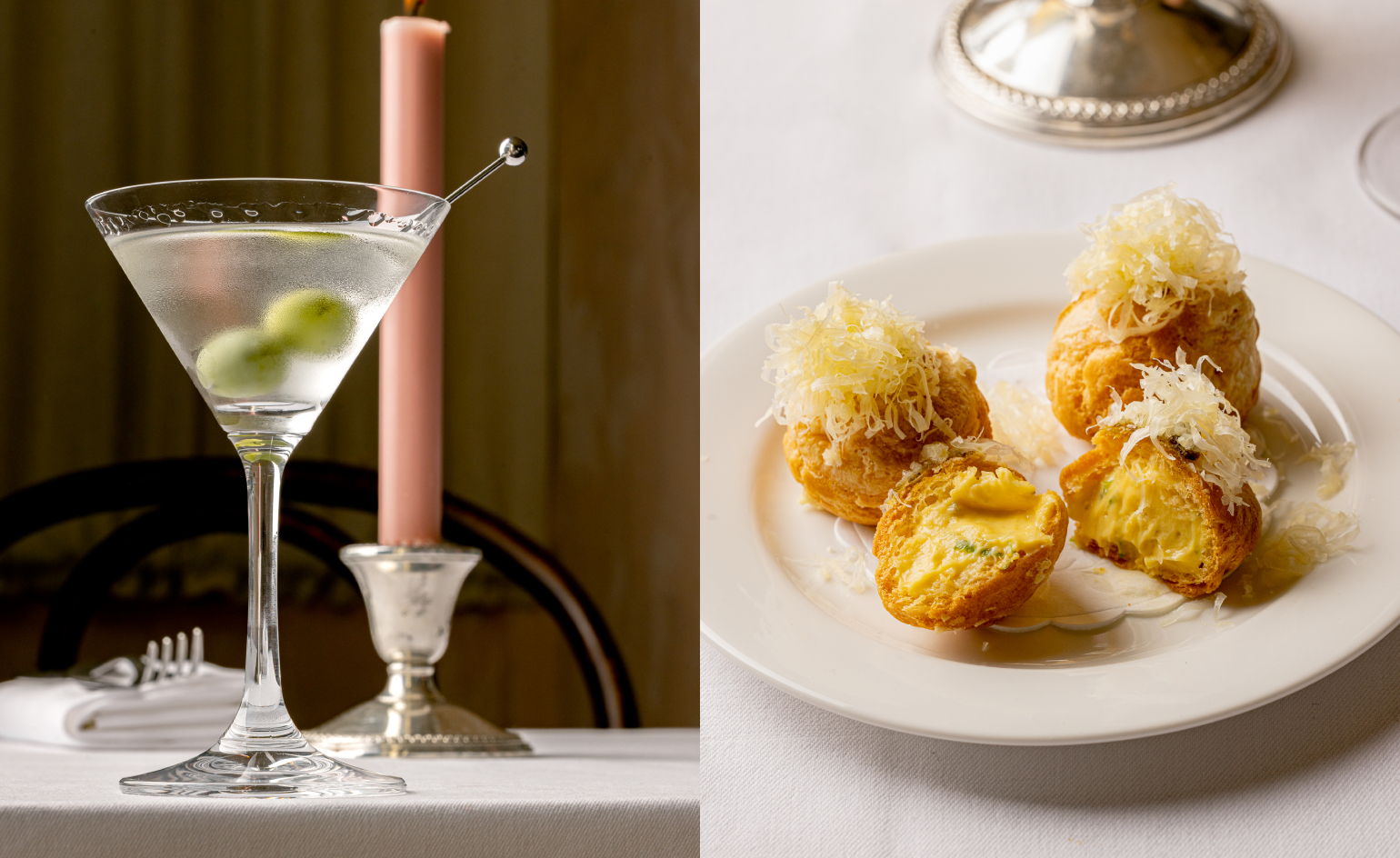 One Club Row is London’s answer to the Lower East Side
One Club Row is London’s answer to the Lower East SideLocated at the site of the former hotspot Les Trois Garçons, One Club Row brings back noughties glamour with 19th-century interiors, gourmet bites, and jazz nights
By Ben McCormack
-
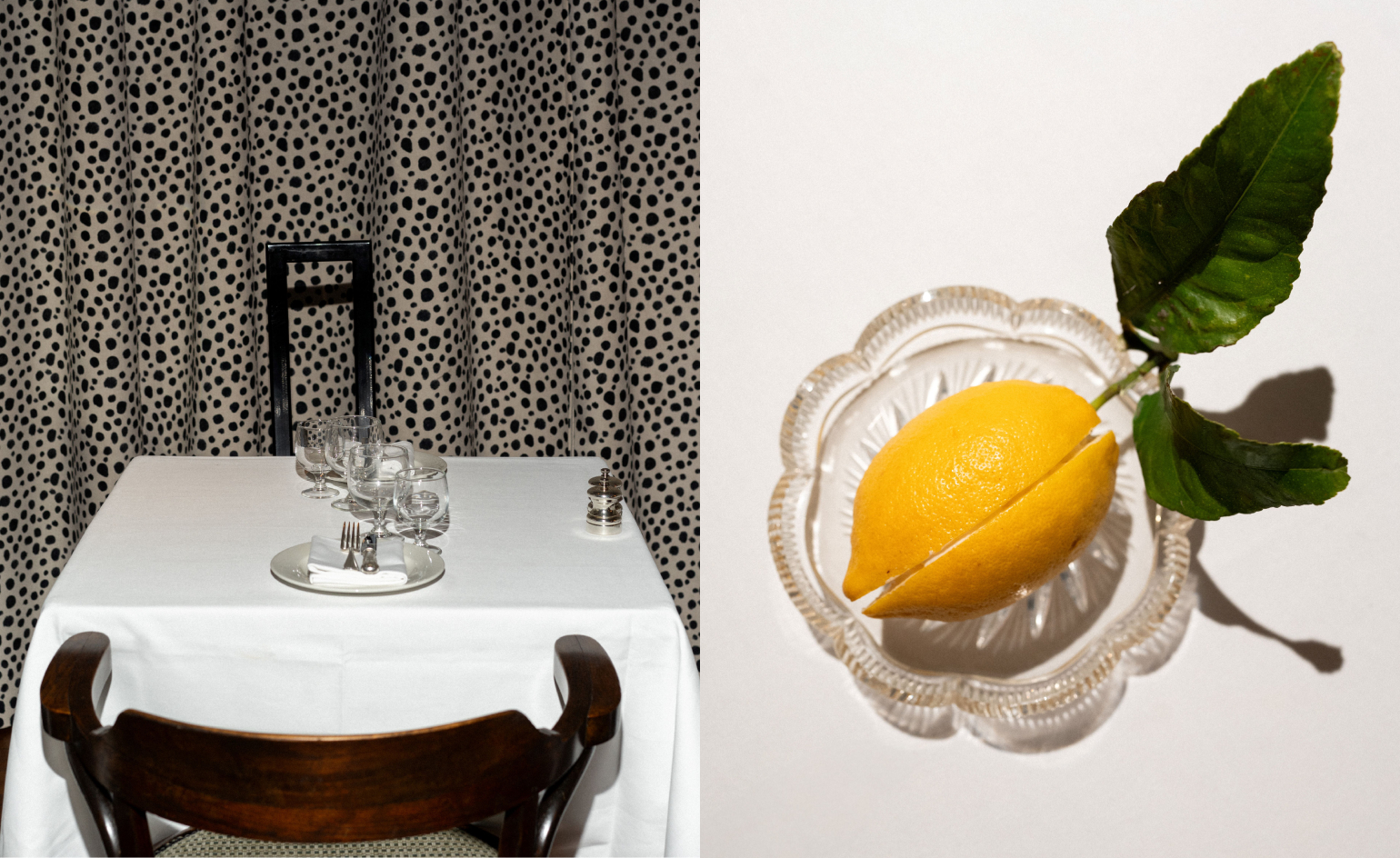 Marylebone restaurant Nina turns up the volume on Italian dining
Marylebone restaurant Nina turns up the volume on Italian diningAt Nina, don’t expect a view of the Amalfi Coast. Do expect pasta, leopard print and industrial chic
By Sofia de la Cruz
-
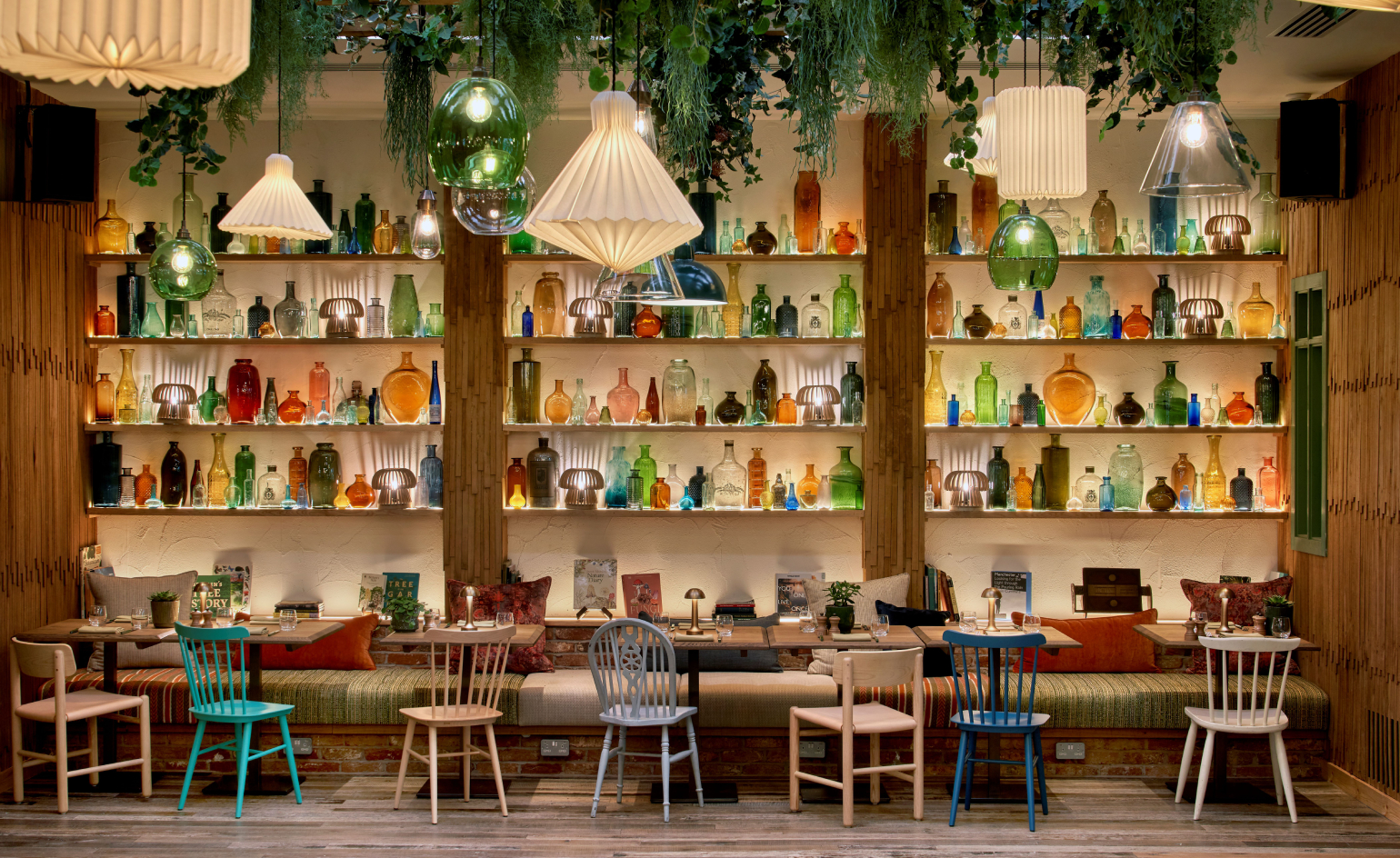 Wallpaper* checks in at Treehouse Hotel Manchester: you may not want to leaf
Wallpaper* checks in at Treehouse Hotel Manchester: you may not want to leafTreehouse Hotel Manchester offers a nature-infused biophilic sanctuary amidst the city’s ever-growing architectural canopy
By Imogen Green
-
 Dining at Pyrá feels like a Mediterranean kiss on both cheeks
Dining at Pyrá feels like a Mediterranean kiss on both cheeksDesigned by House of Dré, this Lonsdale Road addition dishes up an enticing fusion of Greek and Spanish cooking
By Sofia de la Cruz
-
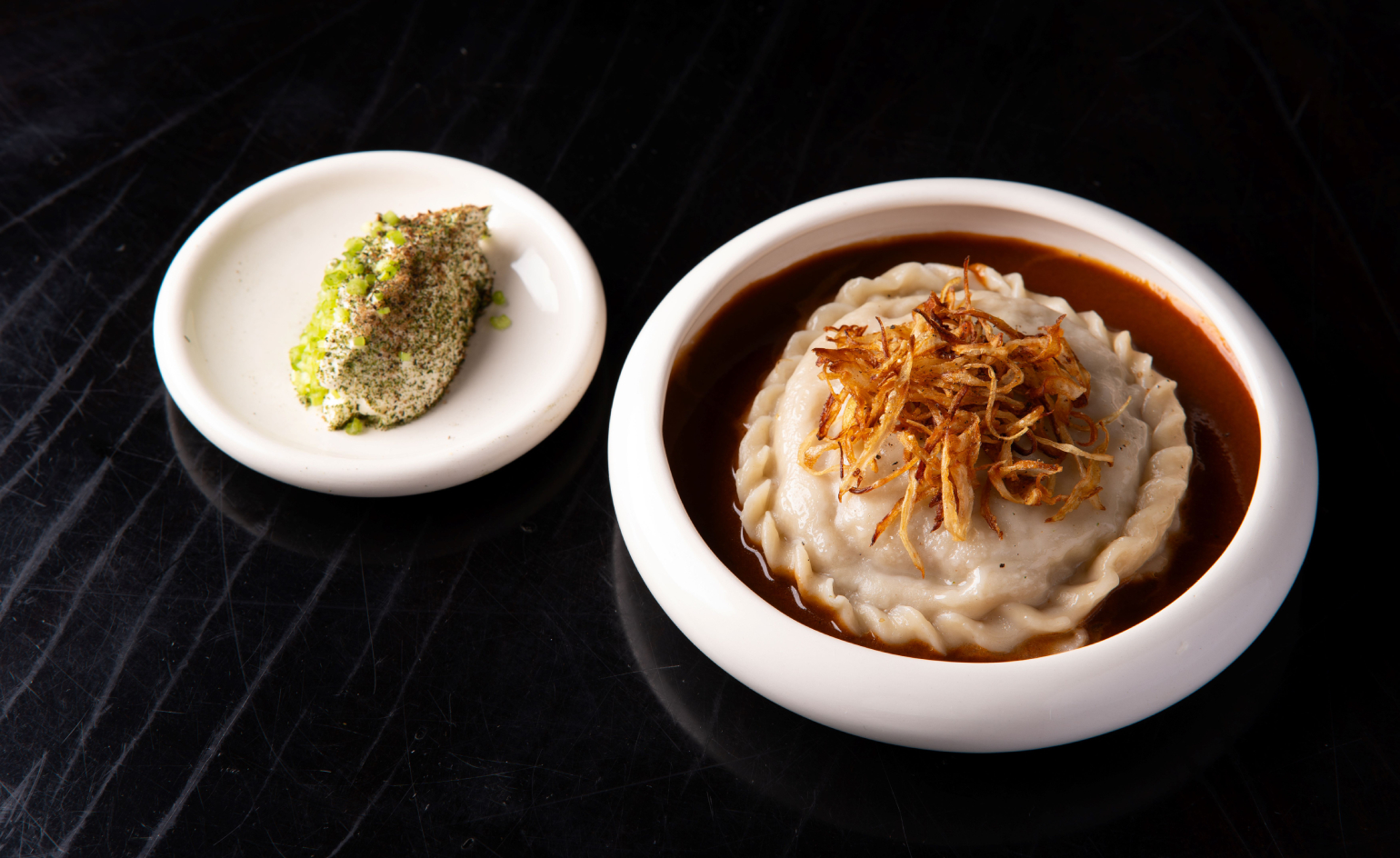 London restaurant Tatar Bunar puts Ukrainian heritage front and centre
London restaurant Tatar Bunar puts Ukrainian heritage front and centreFamily recipes and contemporary design merge at this new east London restaurant by Ukrainian restaurateurs Anna Andriienko and Alex Cooper
By Ben McCormack
-
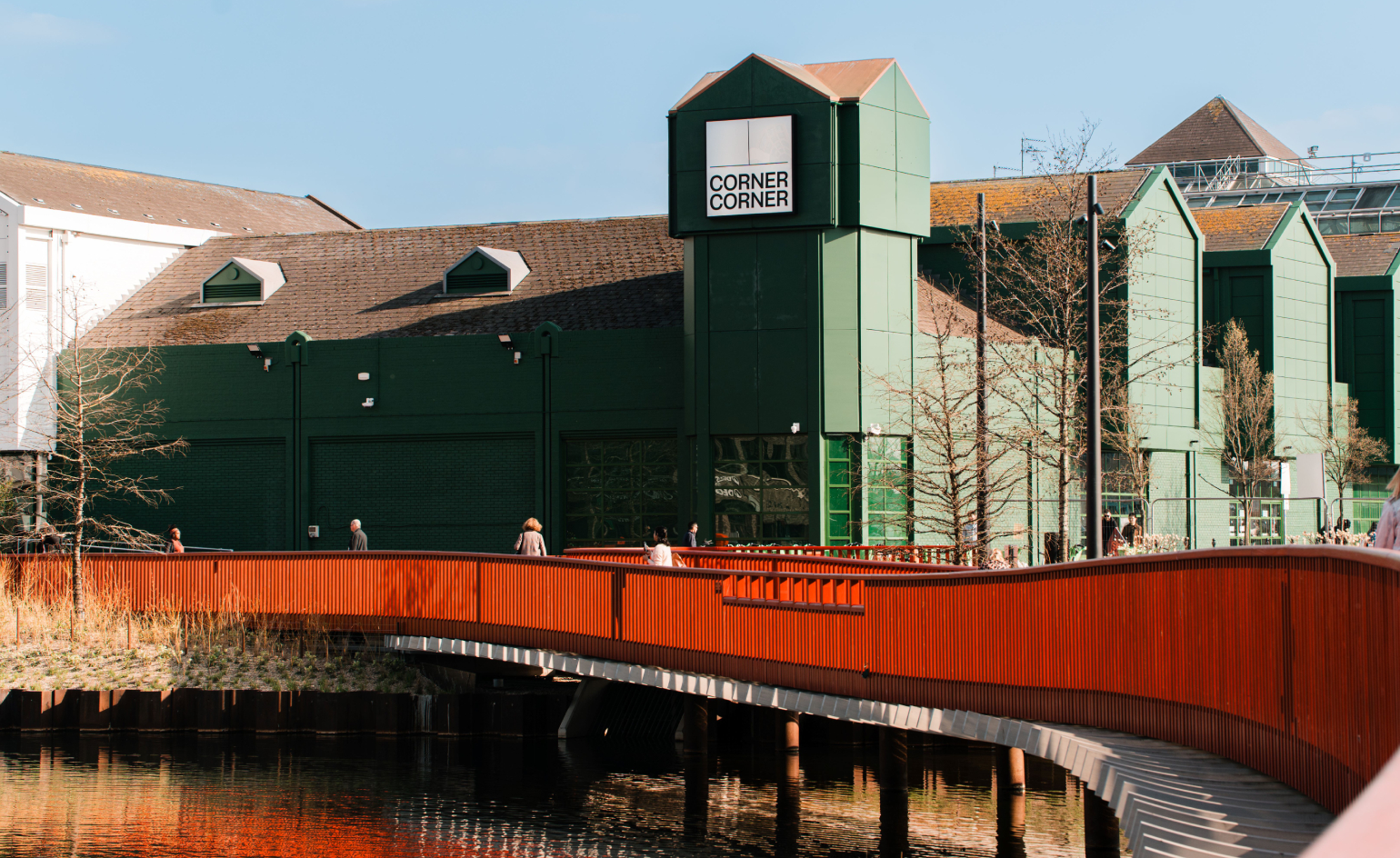 Corner Corner may be London's most unique entertainment destination yet
Corner Corner may be London's most unique entertainment destination yetThe newly-opened venue combines food, jazz and—yes—urban farming beneath one sprawling roof
By Sofia de la Cruz
-
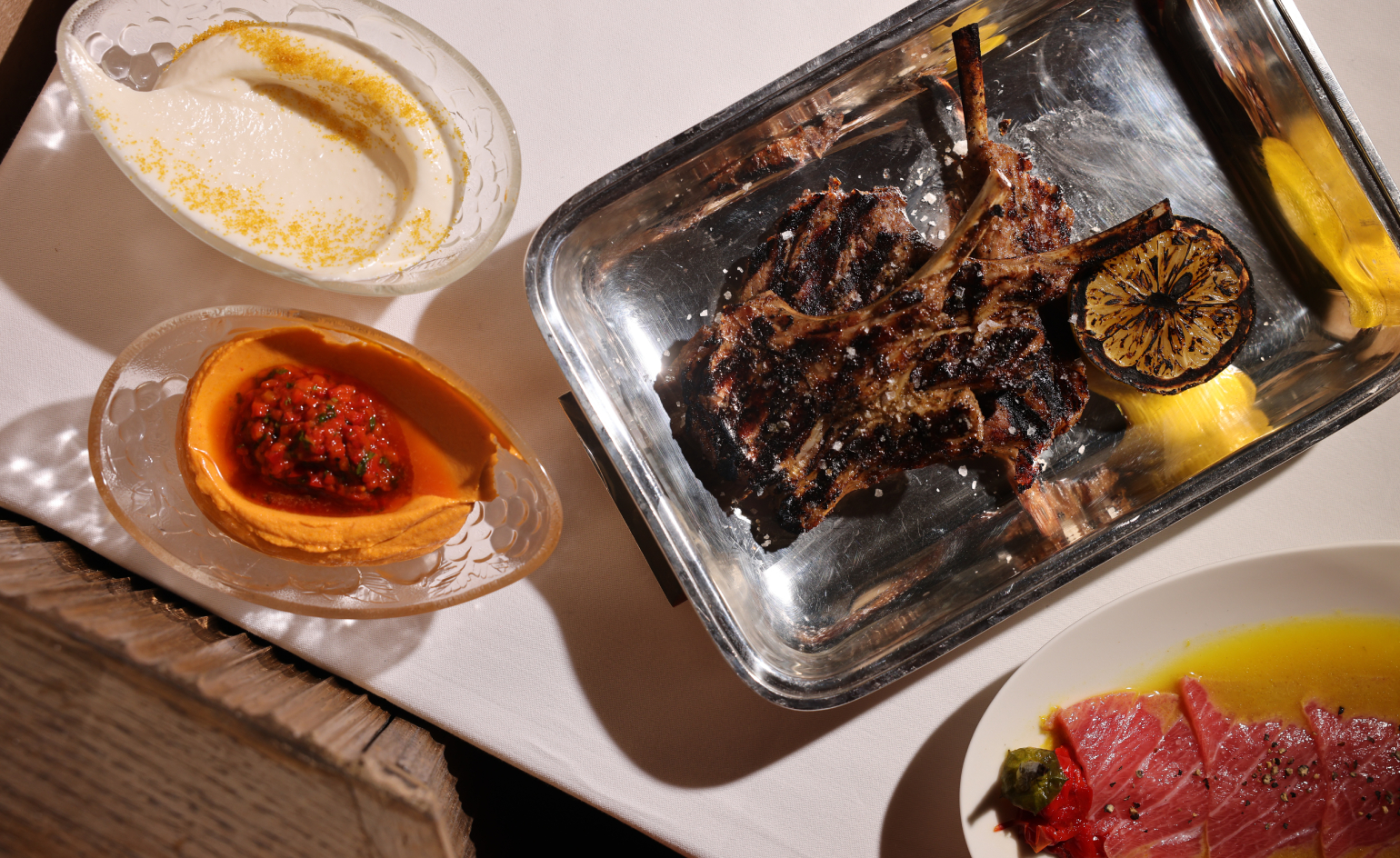 For a taste of Greece, head to this playful new restaurant in London’s Chelsea
For a taste of Greece, head to this playful new restaurant in London’s ChelseaPachamama Group’s latest venture, Bottarga, dishes up taverna flavours in an edgy bistro-style setting
By Sofia de la Cruz
-
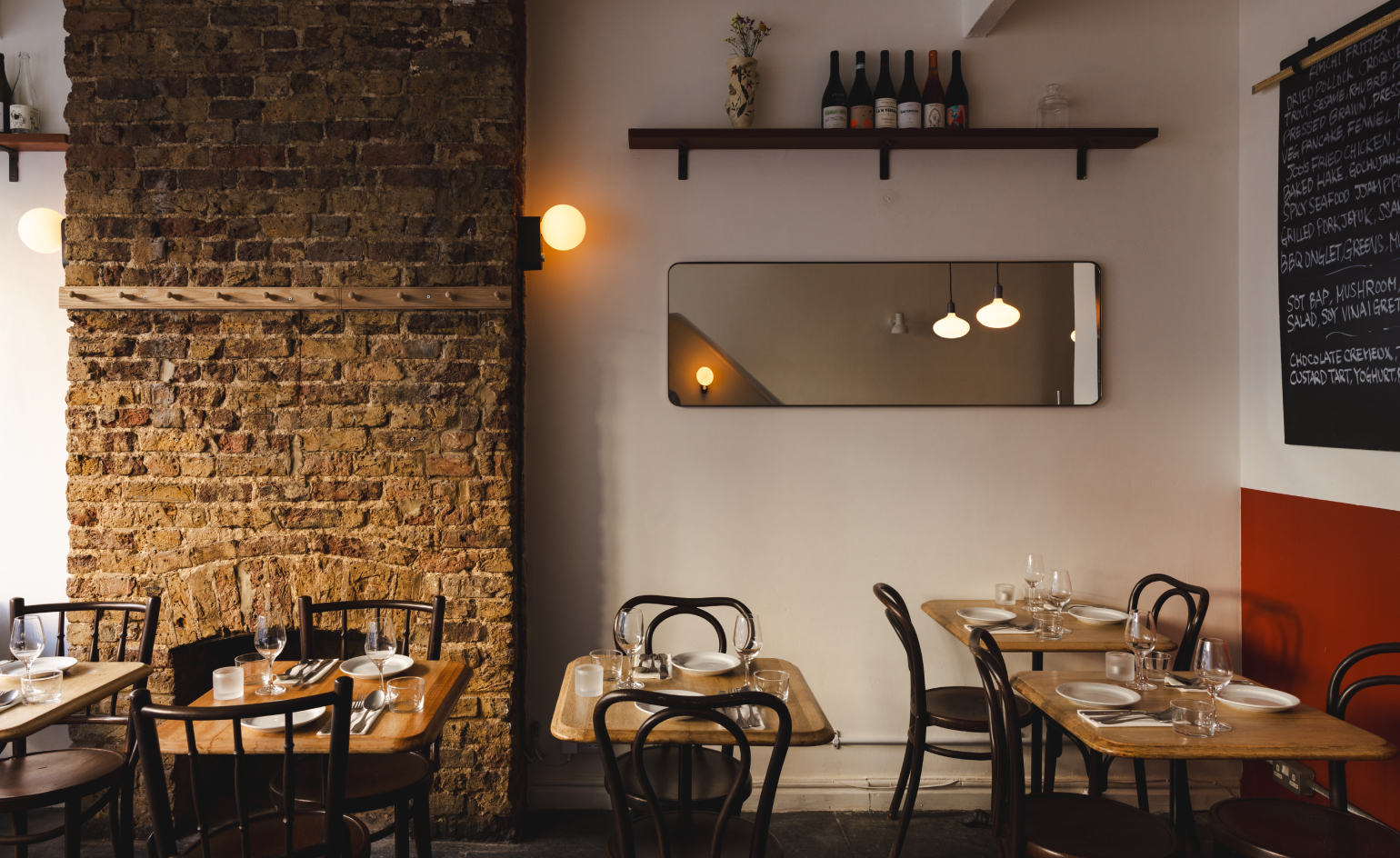 A buzzy Korean pop-up becomes a permanent fixture in East London
A buzzy Korean pop-up becomes a permanent fixture in East LondonChef Joo Won has turned his Calong pop-up permanent in the arty enclave of Stoke Newington
By Ben McCormack